
By
Raphael Santos
September 15, 2022
Updated
September 25, 2024
Source: Frame Stock Footage/Shutterstock
As a primary asset of companies today, data is revolutionising sectors such as human resources and accountancy
Datafication, despite being a term coined in 2013, remains extremely relevant. It seeks to transform social behaviour into quantified data by applying sophisticated mathematical analysis rather than simply converting analog information into digital one, like in digitisation.
In this article, we argue that datafication is not only about collecting and analysing data, but also about transforming our everyday life by making it more efficient, effective, intelligent and enjoyable.
The primary purpose here is to show that datafication is an essential part of digital strategies for companies who wish to remain relevant in the market.
-
The future of business is data fluency
Blockchain
AIOps
FinOps
Cognitive Computing
Edge Computing
Microweather
Warehouse Management Tech
Online Reputation Management - The way for you to work with qualified data
What is the importance of datafication in a business organisation?
Datafication helps businesses improve their products and services by using real-time data. Plus, it is an important component in collecting customer feedback about the quality of the products and services offered by any company.
Take data-driven marketing strategies for instance. As one of the most important aspects of digital marketing, this process involves collecting customer insight through various channels such as social media, email and other digital platforms. The information can be used to create personalised campaigns for each client and targeting the right audience persona.
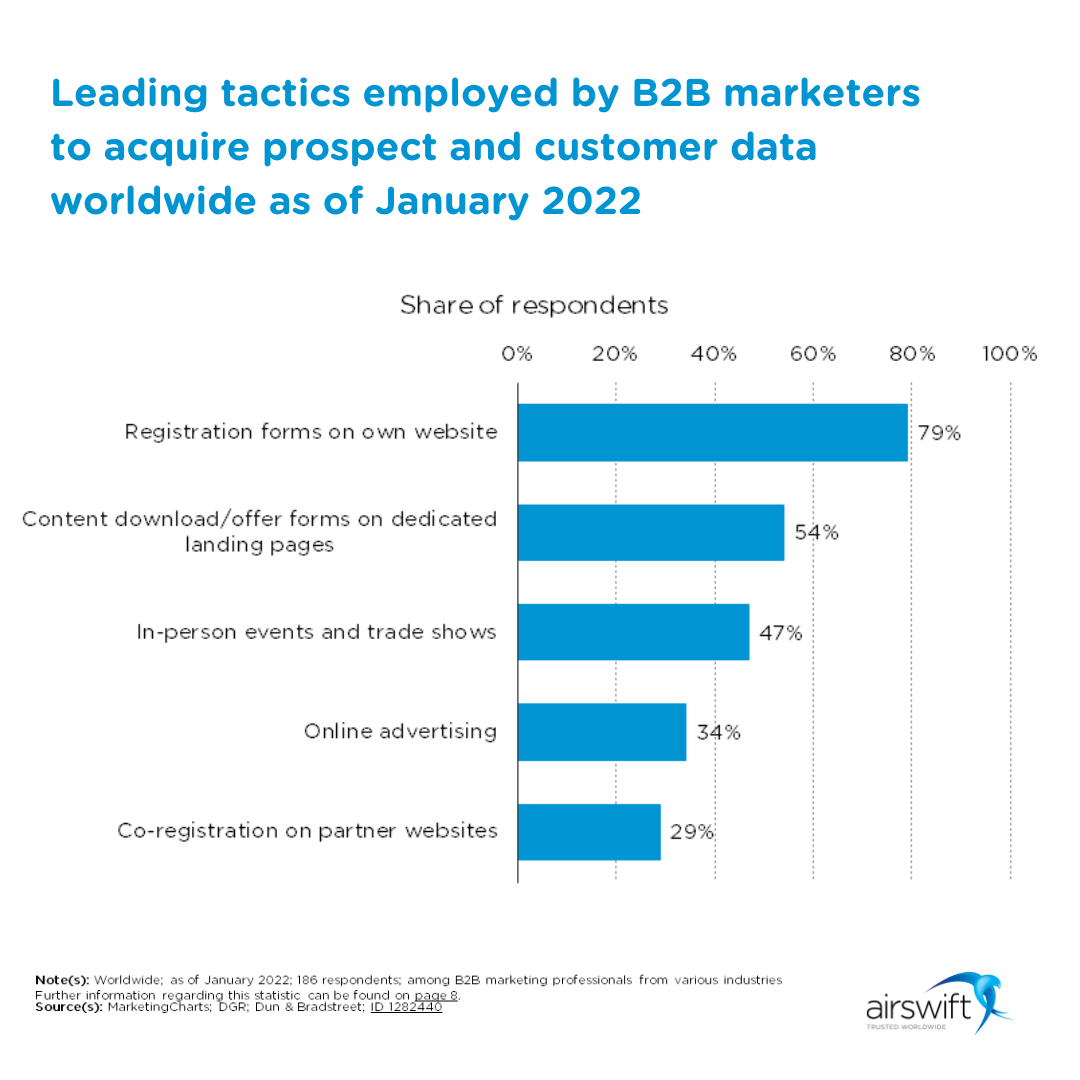
Datafication: a new business model?
We are talking about building an analytical culture that spreads across all aspects of how business is conducted in the digital age. Both artificial intelligence and machine learning play an important role in datafication but the first step begins with collecting data from various sources.
Then, AI/ML algorithms will analyse the collected data to get useful information for decision-making. The most important thing is to have a clear vision and mission statement.
If you don’t know your business goal, it is impossible to achieve anything, no matter how qualified the data will be. And that's because data can only be considered valuable within a context that makes sense.
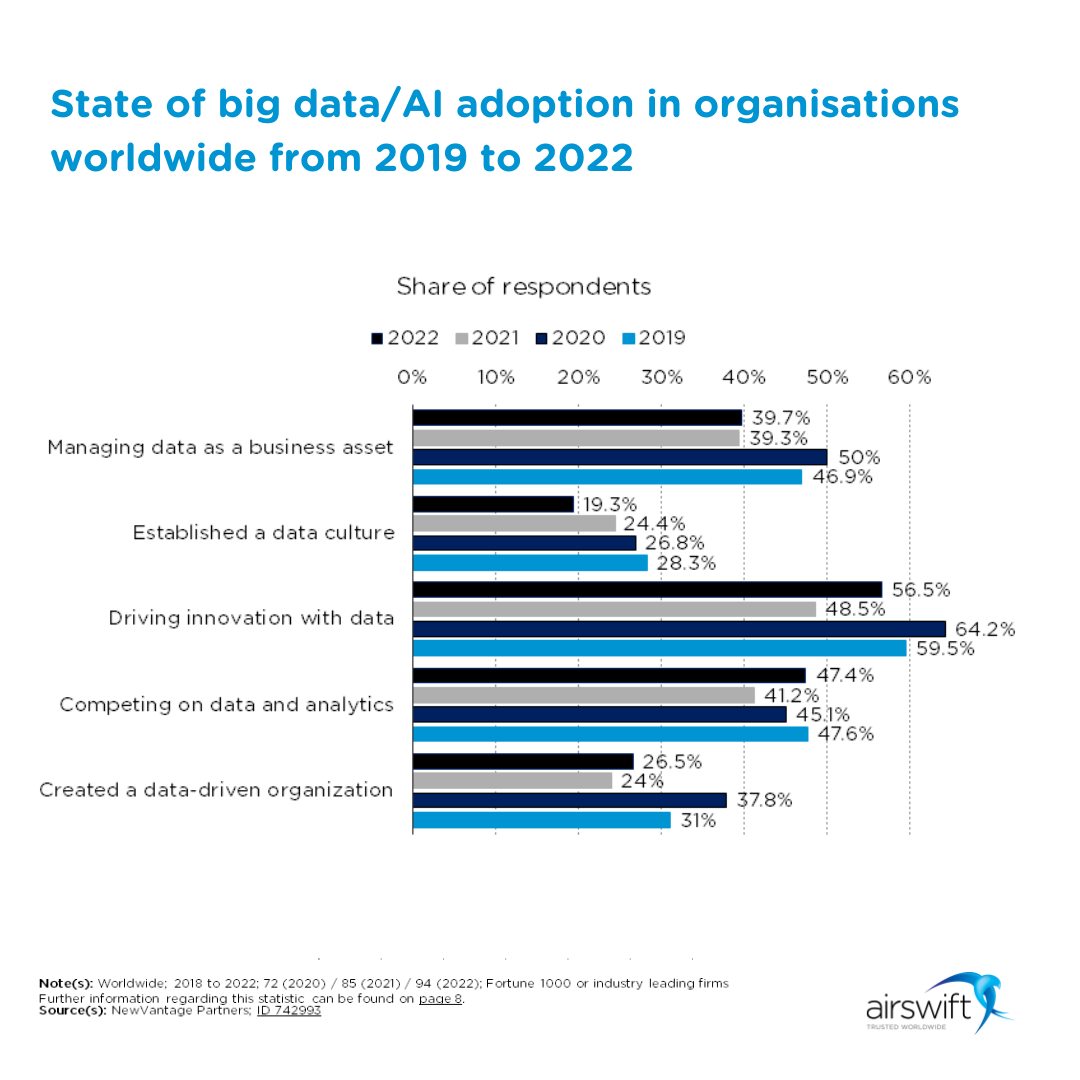
Data in the Cloud
An important thing that must be addressed about digital transformations, especially this step of datafication, is the shift toward cloud computing.
Over the last few years, a growing number of companies have begun to shift their infrastructure into the cloud. The market for cloud services has grown from USD $90.5 billion in 2016 to USD $408.5 billion in 2021, according to the International Data Corporation (IDC).
So what does this mean? Well, first of all, it means that people can use software as a service (SaaS) or platform as a service (PaaS). And they don’t need to buy servers anymore, because these are provided by the provider. They just pay for access to the resources.
And then there is also Infrastructure-as-a-Service (IaaS), which means that you can rent the hardware, but not the operating system. You get a virtual machine with an operating system on top of it so you can run your own applications.
Data Protection
But when you think about it, why do we still see such a high percentage of IT departments running their own servers? After all, they are expensive to buy and maintain. And if you don’t have any special requirements, why would you want to pay for something that you could just as easily use in the cloud?
The answer is that most organisations don’t really know what they need from IaaS. They might be looking at it as a way to save money, but there are other reasons too.
For example, some companies may not want to give up management over their data or applications. They also may feel more comfortable with having their own hardware (in this case, something more sophisticated). And this is often a precautionary measure due to the sensitive data many organisations collect, which opens space for investments in confidential computing.
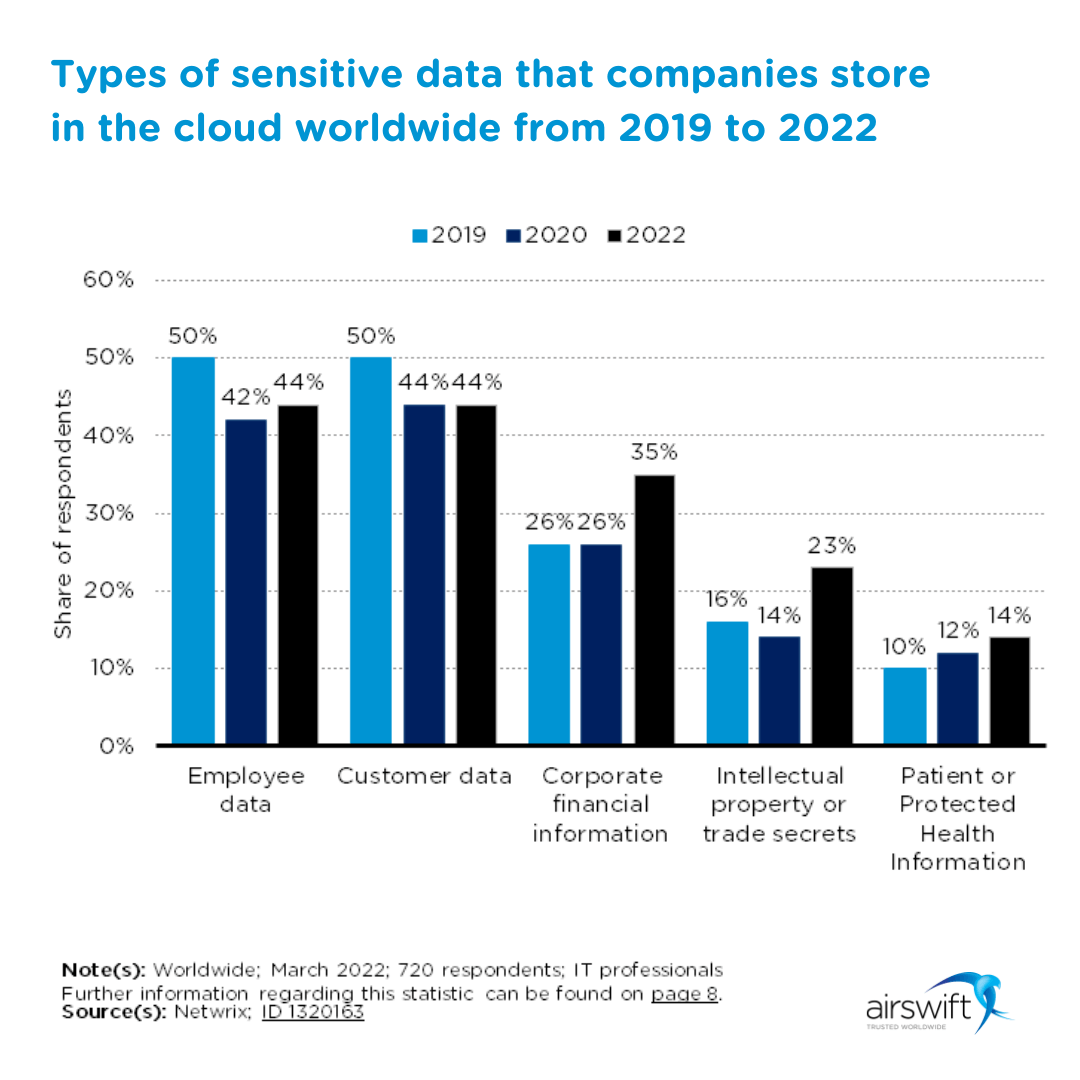
With great power, comes great responsibility
So, when datafication enters the realm of digital transformation, it's inevitable that attention must be paid to data protection.
Data protection refers to any action performed by an organisation to ensure that personal information is kept safe and secure.
It includes:
- Legal requirements
These include laws such as the UK Data Protection Act 2018 (DPA) and the EU General Privacy Regulation (EU GDPR). They also cover how organisations collect, store, use and disclose customer data.
- Technical measures
Technical measures refer to the actions taken to protect data in transit or at rest. Examples of technical measures include encryption, firewalls and access controls.
- Business practices
Business practices refer to how a business interacts with its customers and other stakeholders. These may include marketing campaigns, sales processes and customer service. And in a data protection scenario, for instance, it is illegal for businesses to process personal data without consent unless there is a legal basis for doing so.
This means that if you do not give your consent then your data cannot be processed. If you do give your consent, this must be given freely and knowingly.
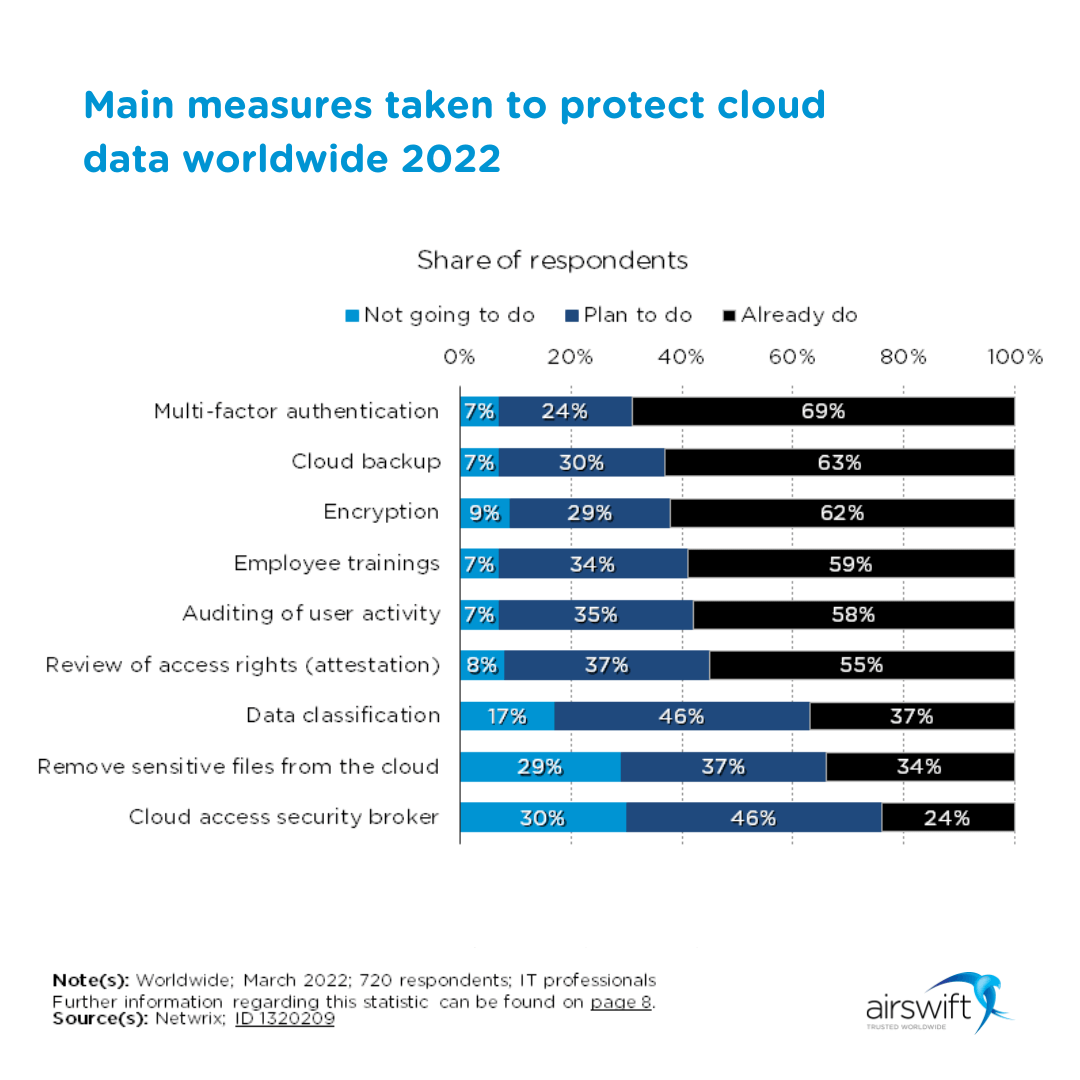
Data is king in a digital economy
The data that powers our world today was once just paper documents or bits on floppy disks. Today, we have access to an almost unlimited amount of information about people, places, products, services, and events. This abundance has created new reasons for investing in the big data and business analytics (BDA) market.
It's no surprise to see BDA reaching USD $168.8 billion in 2018 and presenting now a forecast to grow to USD $274.3 billion by 2022.
.png?width=1080&name=Revenue%20from%20big%20data%20and%20business%20analytics%20worldwide%20from%202015%20to%202022%20(in%20billion%20U.S.%20dollars).png)
The chart above proves how data has grown beyond the Information and Communications Technology sector to access other niches and become an essential part of organisations of all sizes today.
Want more insight into talent trends in the technology industry? Click the link below to download our latest whitepaper.
The future of business is data fluency
Data-driven decision-making and the ability to make sense of data being presented at our fingertips are becoming more important than ever. The rise of artificial intelligence, machine learning, big data analytics, and other technologies have made this a reality.
According to McKinsey & Company, “the world’s largest companies will generate $1 trillion in value from AI by 2025".
This number reflects the ubiquity of AI in the most diverse sectors of business. Datafication, in this sense, is deeply democratic; it can be present in human resources, accounting, marketing, banking and others. As long as there is data, there is an opportunity for AI to help us make better decisions.
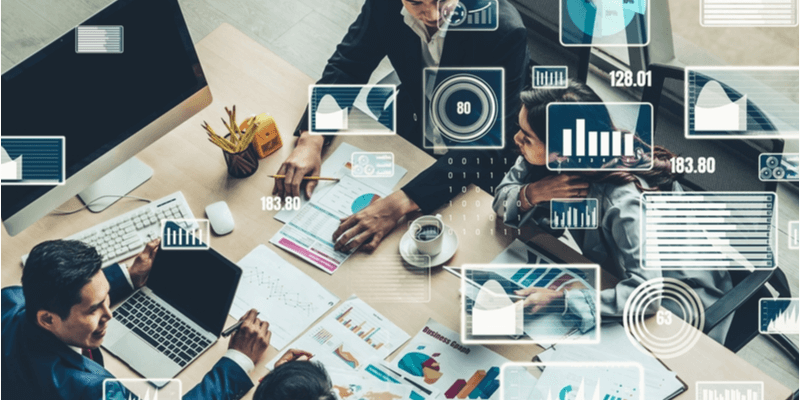
And speaking of opportunity, these emergent technologies can change the ways we do business by datafying new practices and services.
Blockchain
Blockchain technology has been around for more than 10 years now. It’s time to take advantage of its potential to transform how businesses interact with their customers.
The blockchain is a distributed ledger that records transactions between two parties without needing a third party. This means that no one needs to rely on anyone else. The system is secure because all participants have access to the same information at the same
AIOps
AI-as-a-service (AIOps) is a term used to describe the use of AI tools within organisations. AIOps are often cloud-based, meaning they are accessible through a web browser or mobile app. They also provide real-time insights into processes and operations. As a result, AIOps can be used for predictive maintenance, process optimisation, and other operational improvements.)
The most common form of AI is machine learning. Machine learning involves training an algorithm on data that has been labeled by humans as either positive or negative. The algorithm then uses this information to make predictions about new data.
For example, if you have a dataset of people who have purchased a product and those who haven’t, you could train an algorithm to predict whether someone will purchase something in the future. This type of AI is called supervised learning because it requires human input during the training phase.
Unsupervised learning doesn’t require any human intervention. It works best when there is no clear distinction between positive and negative examples.
FinOps
Financial Operations Management (FinOps) is the practice of managing financial activities across an organisation. FinOps includes everything from budgeting to forecasting to risk management.
It is not just about financial reporting anymore. Financial reporting is only part of what FinOps encompasses. And here, datafication plays a huge role, as it allows for the integration and analysis of data that was previously siloed in different systems.
The term fintech has been used to describe this new wave of technology. It's a combination of finance and technology. In fact, there are many examples of companies that have successfully implemented FinOps such as Google Finance and Intuit QuickBooks Online.
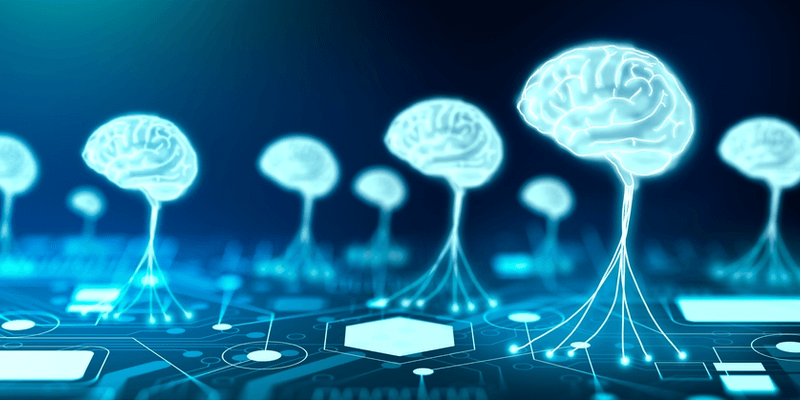
Cognitive Computing
The term cognitive computing is a catch-all phrase for the study of artificial intelligence, machine learning and human–computer interaction. Here data mining is used to extract knowledge from large amounts of information. The goal is to make computers think like humans in order to solve problems that we cannot do ourselves.
One good example is the rise of solutions like natural language processing (NLP) or pattern recognition techniques used now to analyse text, images and even speech.
Edge Computing
Edge computing refers to the use of cloud-based services and technologies at the edge of a network, such as on mobile devices or in wireless sensors. Edge computing is an emerging technology that has been gaining attention for its potential to improve data processing speed and reduce energy consumption.
The main advantage of edge computing is that it can be used to process data locally without having to send all the information back to the cloud. This reduces latency and improves user experience by reducing bandwidth usage.
Microweather
The term microclimate (or microclimate) is used in meteorology to describe the local weather conditions at a small scale, such as within an individual building or on a street. Microclimates are often characterised by differences in temperature and humidity from those of the surrounding area.
The predictions obtained from the data collection can help consumers, companies and, especially, farmers. In addition to providing detailed climate forecasts, the system uses sensors to measure air quality, wind speed and direction, rainfall intensity and duration, soil moisture content, and other factors.
Warehouse Management Tech
Autonomous robots and analysis prediction are some of the buzzwords surrounding this emergent niche that aids warehouse management more efficiently.
The idea is to use a robot to perform tasks in an automated fashion, which can be done by using sensors to detect objects or other entities within its environment. The robot then uses these inputs to decide what it should do next. This process is repeated until the task has been completed.
A common example would be a picker robot picking items from shelves and placing them into boxes for shipping. Datafying the robot’s movements allow us to predict where it will go next based on previous actions. This data can then be used to plan routes through the warehouse so as not to waste time moving around empty space.
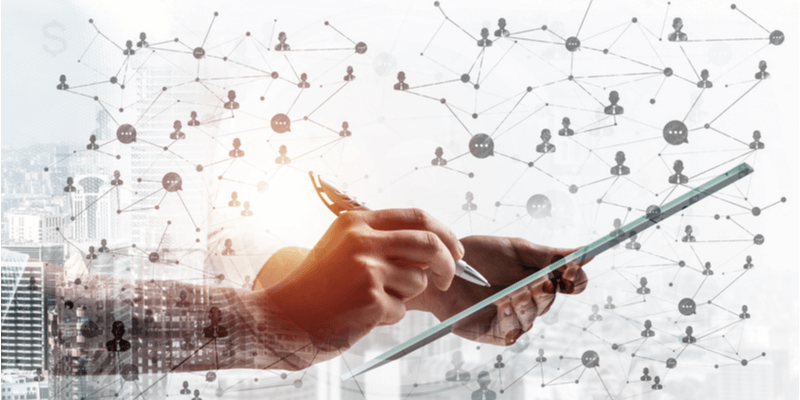
Online Reputation Management
Online reputation management (ORM) has become an integral part of HR professionals' toolkit. ORM is not just about monitoring online reviews; it is more than that. It is about managing the online presence of your organisation.
The goal of ORM is to ensure that your brand or company name does not get tarnished by negative comments posted on review sites such as Google, Yelp, TripAdvisor, Facebook and others.
We have entered a new era for the human resources industry, and it is a digital one. Many of the strategies around HR are also being datafied, and hiring is no different.
Hiring is now data-driven
Data now dictates much of the strategies used for recruitment processes. It is possible, through datafication, for personality tests to be replaced by previously collected quality data, and for background checks to be included more efficiently in the hiring strategy.
This all helps in the risk analysis of candidate profiles. In addition, we can use data to predict future performance based on past performance.
And much of this data can be collected through social media platforms like LinkedIn. But it's important to notice that data is always changing. So if you want to stay ahead of your competition, you must know how to collect, analyse and act upon data.
The same goes with employee engagement. Data is helping us understand what makes employees happy at work. And this is something that cannot be measured using traditional methods.
So, when it comes to recruiting, hiring and retaining great talent, data is playing a bigger role than ever before.
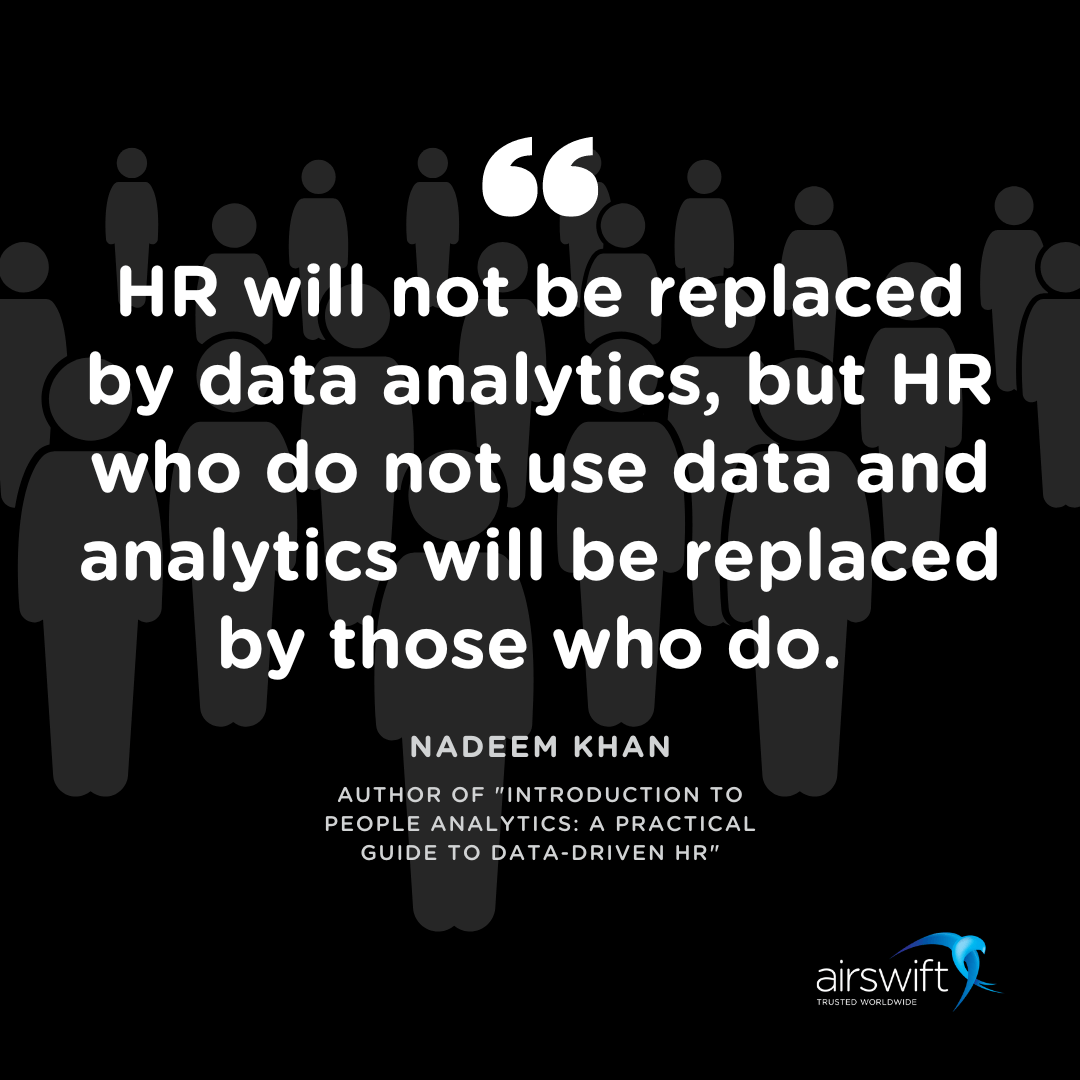
Airswift can help you with qualified data
Datafication is a practice that, if used intelligently, can transform data into valuable information. Different businesses are already benefiting from this, and HR is no exception.
That's why more than ever, companies need to rely on data-driven strategies to build a skilled workforce and a solid corporate culture. In many cases, entrusting this strategy to a partner specialised in the area is the best option. That's where we come in!
We at Airswift can help to improve your recruitment processes by leveraging big data analytics. Our experts have worked for some of the most renowned brands in the world, recruiting and retaining top talent.
We have more than 9,000 contractors and over 60 offices worldwide. Our experience has proven to be a great asset in finding rare profiles of professionals needed for very specific tasks.
If you're interested in learning more about our services, visit our page and get in touch with us to learn more about how we can support your business.


